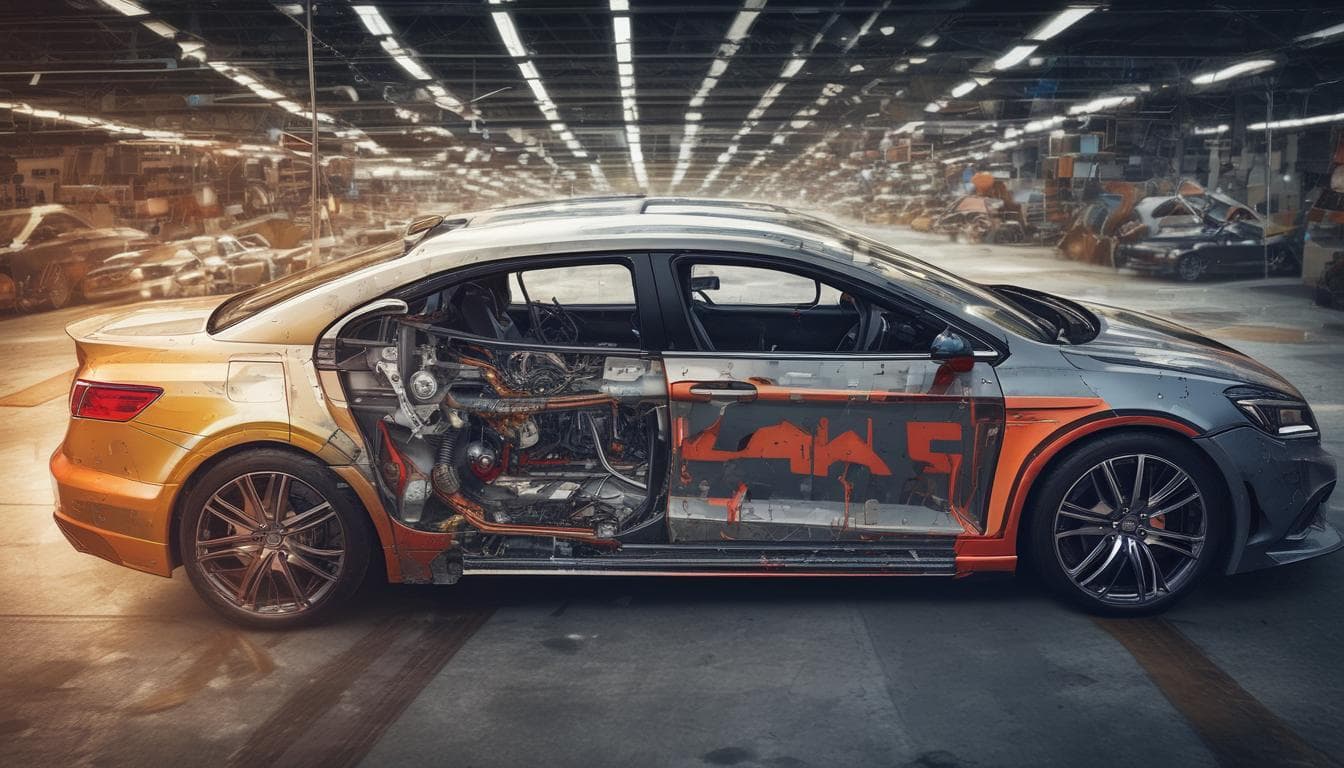Additive manufacturing, commonly known as 3D printing, is rapidly transforming the automotive industry, impacting everything from design and prototyping to manufacturing and customization. This technology offers unprecedented flexibility, speed, and cost-effectiveness, revolutionizing the way vehicles are conceived, developed, and produced.
Design and Prototyping Revolution
Accelerated Prototyping
3D printing enables rapid prototyping, allowing automotive designers and engineers to quickly create physical models of their designs. This accelerates the design iteration process, allowing for faster testing and validation of new ideas. Designers can experiment with complex geometries and intricate details that were previously impossible or prohibitively expensive to produce with traditional methods. Multiple iterations of a part can be printed in a matter of hours, significantly reducing development time and cost. This rapid iteration process is further enhanced by technologies like the digital twin revolution, which allows for virtual testing and refinement.
Design Freedom and Complexity
3D printing unlocks unparalleled design freedom, empowering engineers to create parts with complex internal structures and organic shapes. This opens up new possibilities for lightweighting, improved performance, and enhanced functionality. Designers are no longer constrained by the limitations of traditional manufacturing processes, leading to more innovative and efficient vehicle components. This design freedom, coupled with the power of generative AI revolutionizing the automotive industry, enables even more complex and optimized designs. Similar design freedom is also being explored in the robotics revolution transforming the automotive landscape.

Manufacturing Transformation
On-Demand Manufacturing and Customization
3D printing facilitates on-demand manufacturing, enabling automotive companies to produce parts only when and where they are needed. This eliminates the need for large inventories and reduces storage costs. Furthermore, 3D printing allows for mass customization, offering customers the ability to personalize their vehicles with unique features and designs. From bespoke interior components to custom exterior trim, 3D printing empowers consumers to express their individuality, a trend accelerated by the AI revolution reshaping automotive design and manufacturing.
Localized Production and Supply Chain Resilience
3D printing promotes localized production, reducing reliance on complex global supply chains. This can mitigate disruptions caused by geopolitical instability, natural disasters, and other unforeseen events. By enabling manufacturers to produce parts closer to their assembly plants, 3D printing enhances supply chain resilience and reduces lead times.

Sustainability and the Future
Lightweighting and Material Efficiency
3D printing allows for the creation of lightweight parts with optimized material usage. This contributes to improved fuel efficiency and reduced emissions, aligning with the automotive industry's sustainability goals and reflecting the broader impact of sustainable practices on the automotive industry. By minimizing material waste and using innovative materials, 3D printing supports a more environmentally responsible approach to vehicle production. The use of smart materials in automotive is also driving the future of mobility.
Circular Economy and Recycling
3D printing can be integrated into a circular economy model by utilizing recycled materials for printing new parts. This reduces the environmental impact of vehicle manufacturing and promotes sustainable practices. As the technology evolves, 3D printing will likely play an increasingly important role in the recycling and repurposing of automotive components. Driving sustainability is a key impact of the circular economy on the automotive industry.

Conclusion
The integration of 3D printing in the automotive industry is revolutionizing design, manufacturing, and customization. From accelerating prototyping to enabling on-demand production and fostering sustainable practices, additive manufacturing is reshaping the automotive landscape. As 3D printing technology continues to advance, its transformative impact on the automotive industry will only intensify, leading to more innovative, efficient, and sustainable vehicles in the years to come. The automotive industry must embrace this technology to unlock its full potential and drive the future of mobility. We encourage readers to share their thoughts and insights on the role of 3D printing in the automotive sector in the comments below.






